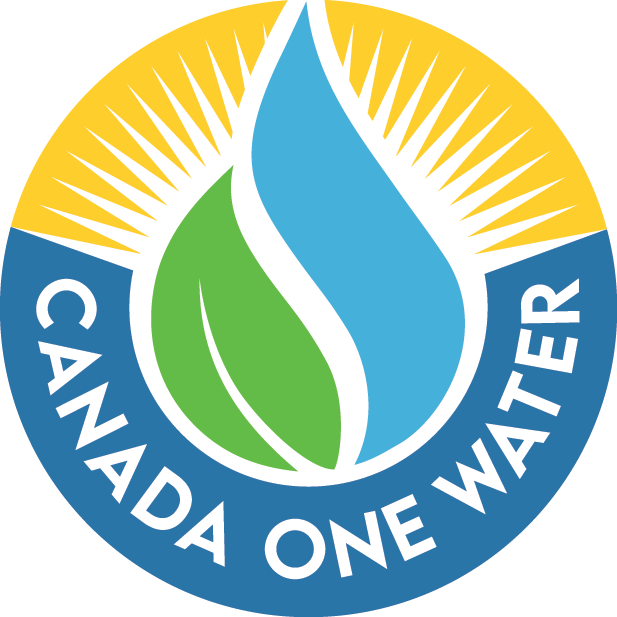The Narwhal - Water determines the Great Lakes Region’s economic future
“In a new era of geopolitical tension, we need to put water security first.”
Click here to read the article in The Narwhal.
This recent article from The Narwhal explores how the future of the Great Lakes region is being shaped by its most valuable natural resource: water. As climate change, shifting geopolitics and economic trends converge, leaders are turning to the concept of a “blue economy” — one that leverages freshwater as both an ecological foundation and an engine for innovation, development, and resilience.
Historically, the region’s economies have been closely tied to its waters — from Indigenous wild rice cultivation to portside manufacturing and commercial fishing. Today, water-intensive industries are being joined by new players: data centers, water tech startups, and research collectives looking to transform water challenges into business opportunities. Cities like Thunder Bay and Muskegon are already seeing revitalization from government-funded waterfront cleanups, while organizations like The Water Council and the Cleveland Water Alliance are helping position the region as a global hub for freshwater innovation.
The article emphasizes that infrastructure, environmental safeguards, and equity must be central to this transition. The same lakes that offer economic promise are under threat from aging flood control systems, rising algal blooms, and declining winter ice cover. As competition for clean water grows globally, protecting and managing the Great Lakes will require cross-border cooperation, updated policies and investments in resilience-focused development.
Amid these efforts, initiatives like Canada1Water (C1W) are able to provide critical support. Canada1Water delivers high-resolution hydrological and climate data to help governments, researchers and stakeholders plan for sustainable water use across the basin. In a region where water is both a heritage and a competitive advantage, projects like C1W help ensure that economic growth does not come at the cost of long-term environmental health. As the Great Lakes blue economy evolves, such tools will be essential for balancing prosperity with preservation.

